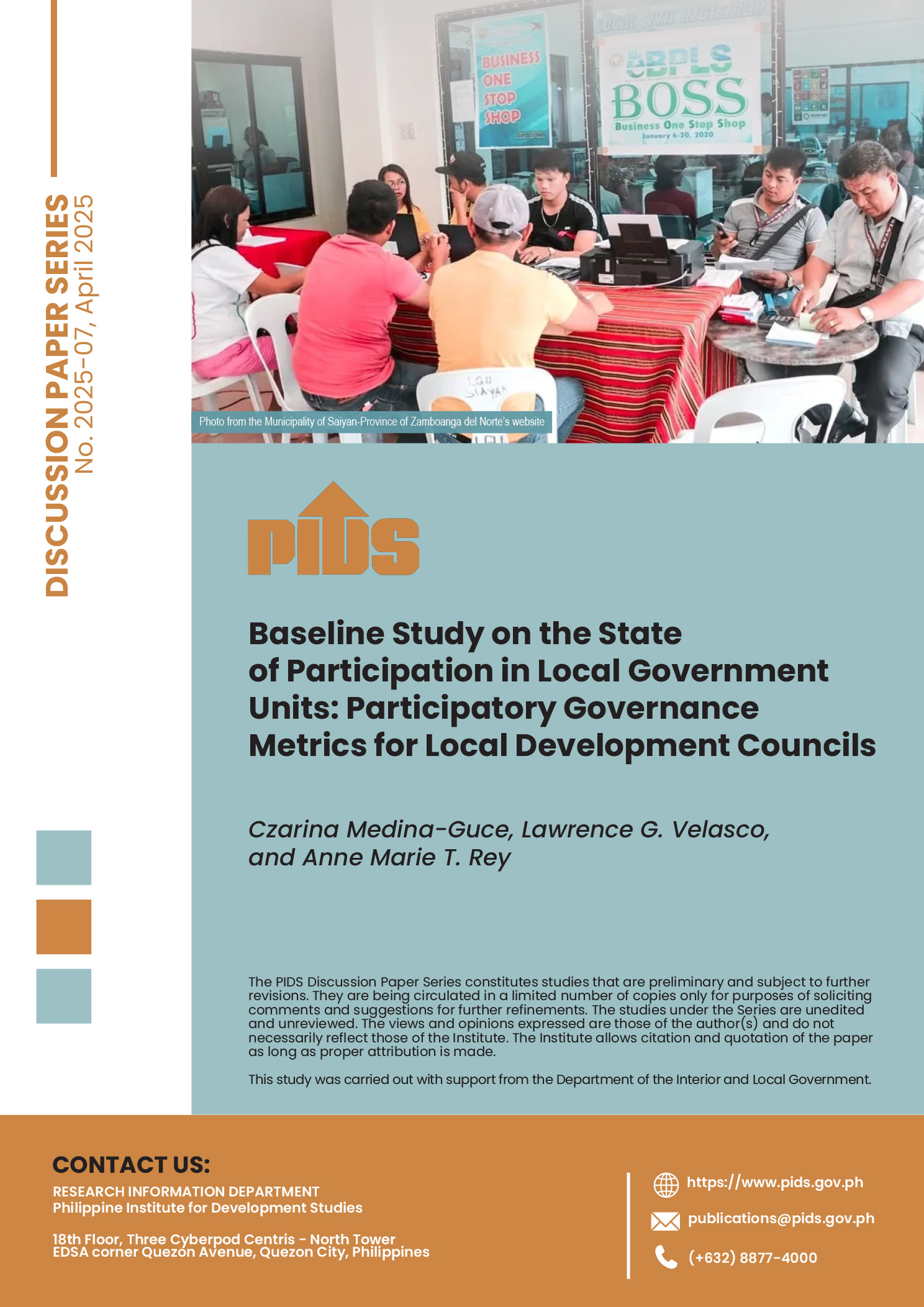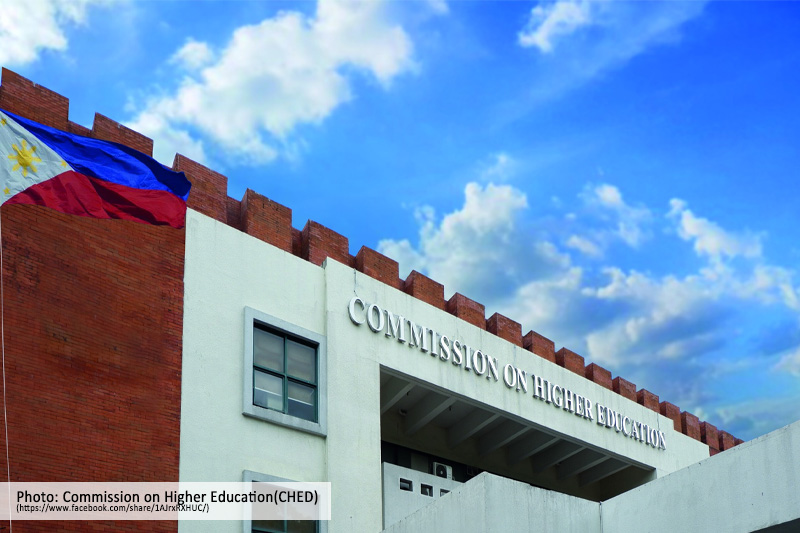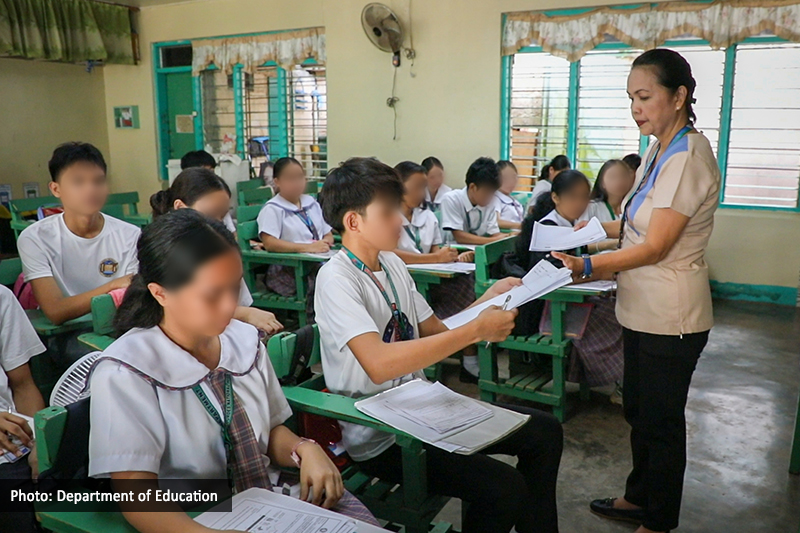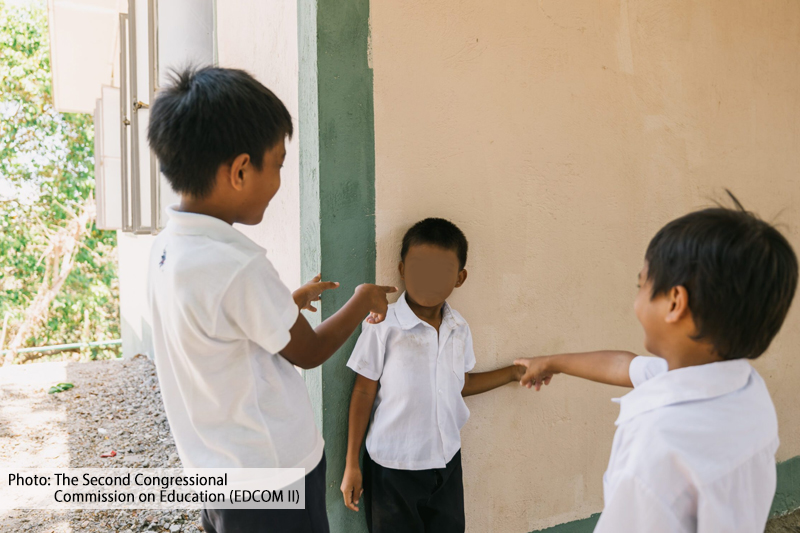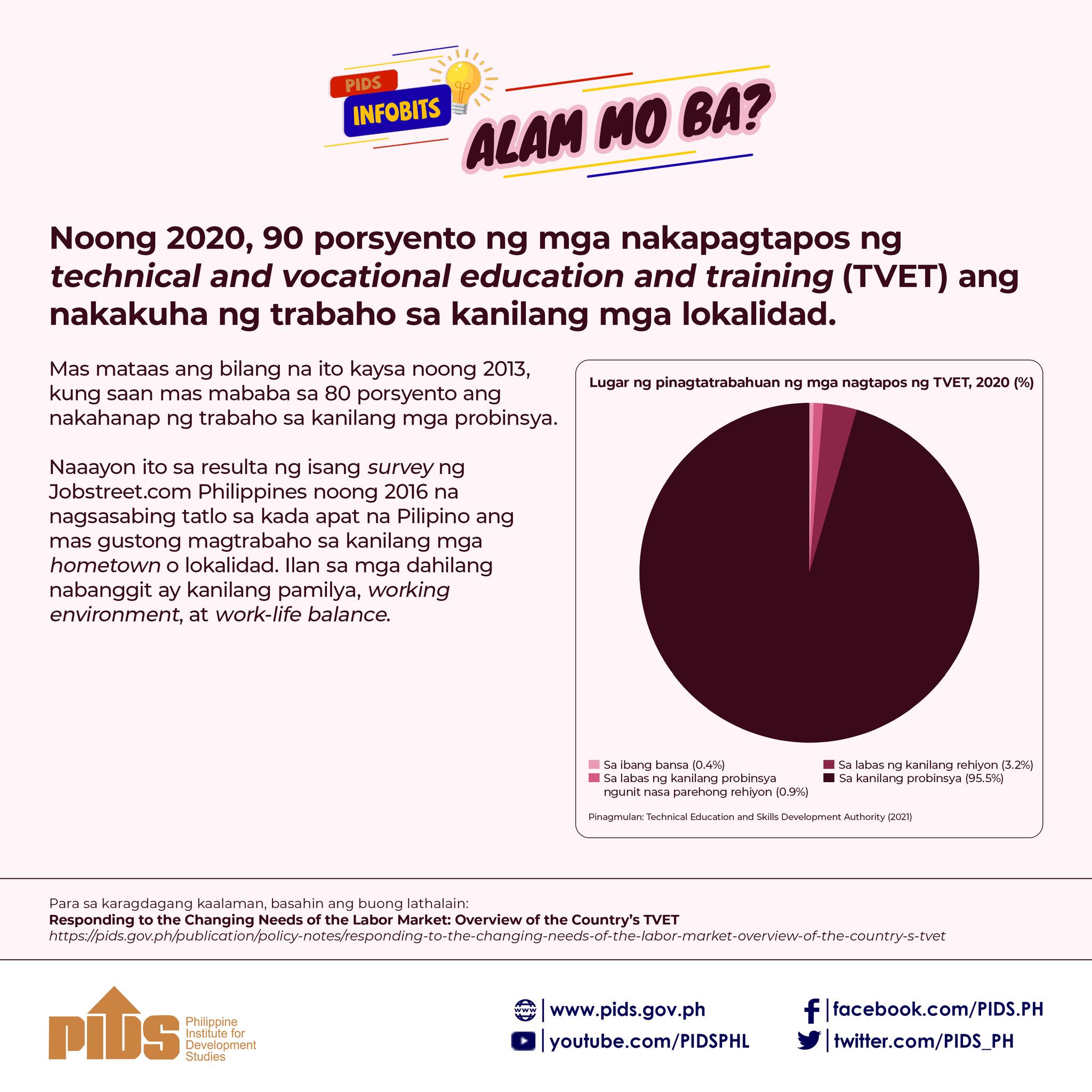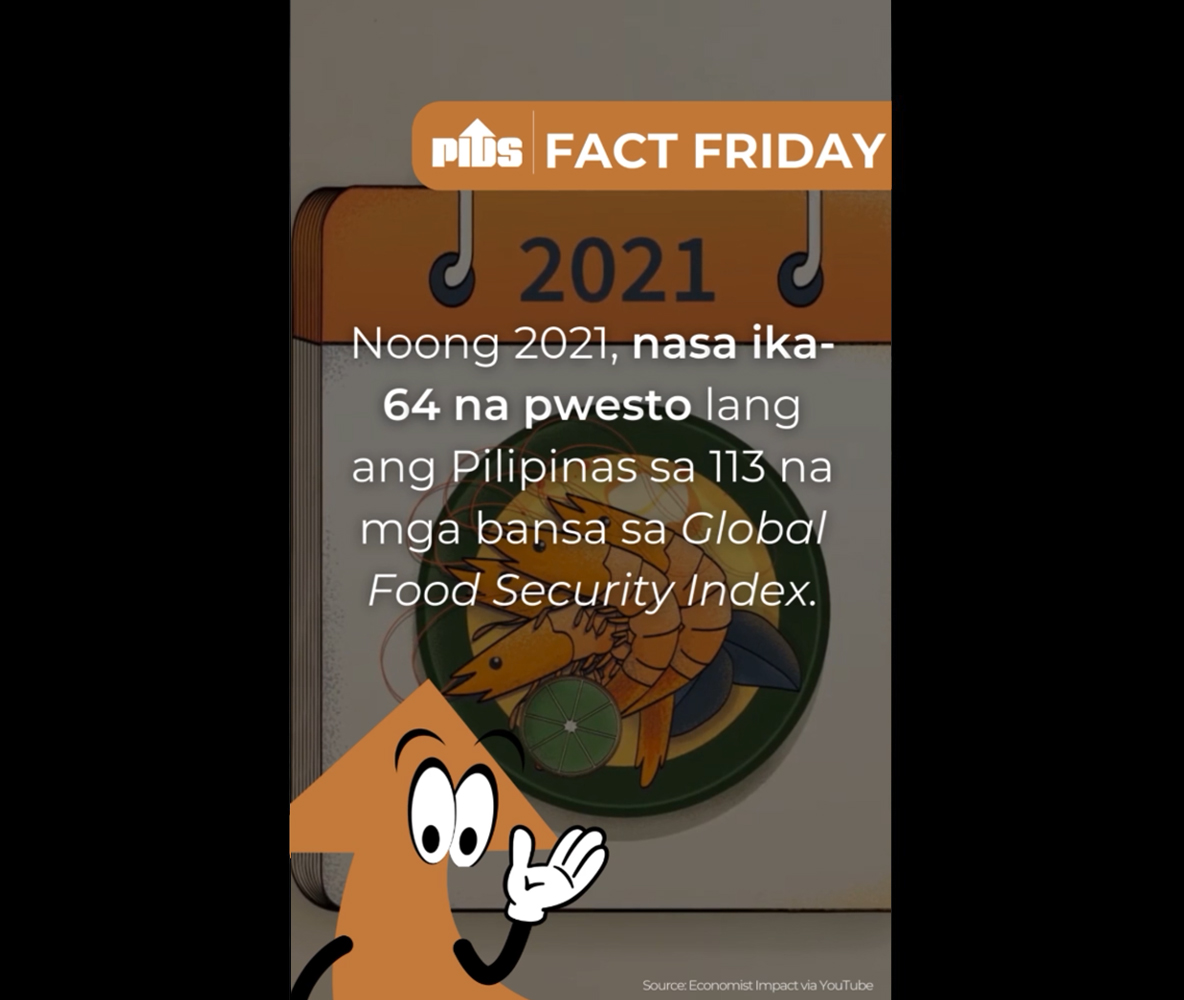The Philippine Institute for Development Studies (PIDS) has identified some serious technical problems and issues in the country’s irrigation systems that need to be resolved immediately.
A new study by PIDS noted that irrigation has been receiving the largest share of the total agriculture budget but its performance has always been below expectation.
The proposed 2015 national budget allocated around P29 billion for the National Irrigation Administration (NIA), which undertakes all government irrigation projects.
For years, the actual irrigated areas for most irrigation systems in the country had all been consistently below the target. The study pointed out that this has been due mainly to overestimation of irrigable areas by not fully accounting for built-up areas or urbanization, flooded areas during the wet season, and elevated areas that cannot be reached by gravity irrigation systems.
The findings of this study titled, "Appraisal of Methodology in Estimating Irrigable Areas and Processes of Evaluating Feasibility of NIA Irrigation Projects”, are intended to be used as inputs to the budget process.
The study looked into four irrigation systems in the country — Angat-Maasim River Irrigation System (AMRIS) in Bulacan, Balog-Balog Irrigation System in Tarlac, Pampanga Delta Irrigation System, and Casecnan-Upper Pampanga River Irrigation System (UPRIS) in Pampanga.
For the Angat-Maasim River Irrigation System, which has service area of 31,400 hectares, the actual irrigated area had declined to an average of about 17,500 hectares in the last 10 years from the original 22,000 hectares or so in the 1970s. According to the study, a total of 8,000 hectares of the 31,400 hectares target area in AMRIS is not irrigable.
"About 3,500 hectares of the total area has an elevation of 19 meters and thus cannot be irrigated from the Bustos dam, which has a maximum crest elevation of 18.5 meters. In addition, around 4,500 hectares of the AMRIS area had been built up with residential, commercial, and industrial infrastructure,” explained study authors Cristina David and Guillermo Tabios, both consultants of PIDS.
There is also a perceived competing water use, as in the case of AMRIS, between domestic water supply and irrigation water. But it appears that both can be supplied by the Angat Reservoir as a common water source.
However, during critical dry periods such as El Niño events, there may be a need to curtail irrigation water deliveries in accordance with the Philippine Water Code of 1976, which requires that domestic water supply be given higher priority than irrigation water supply.//
Serious technical problems dog PH’s irrigation systems PIDS study


